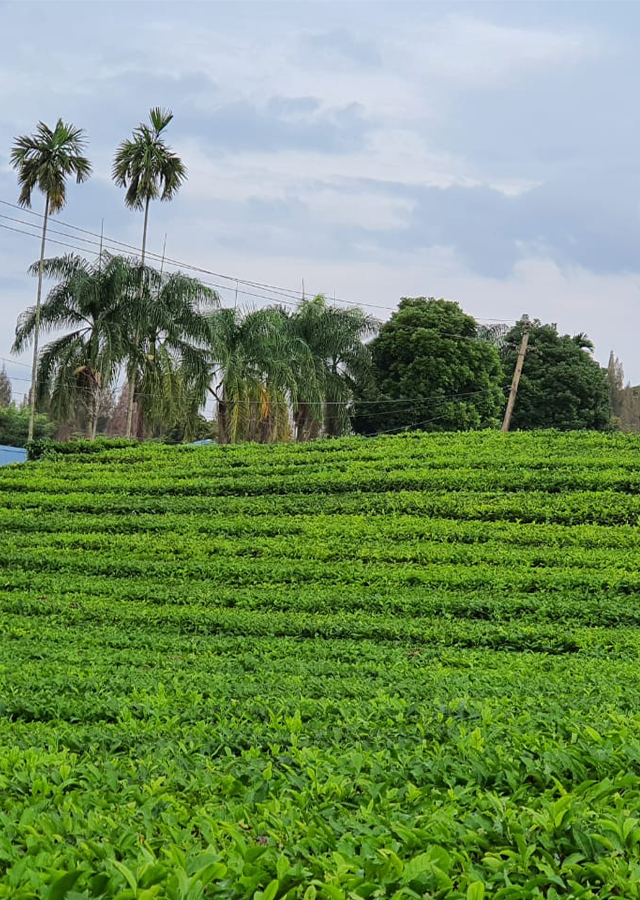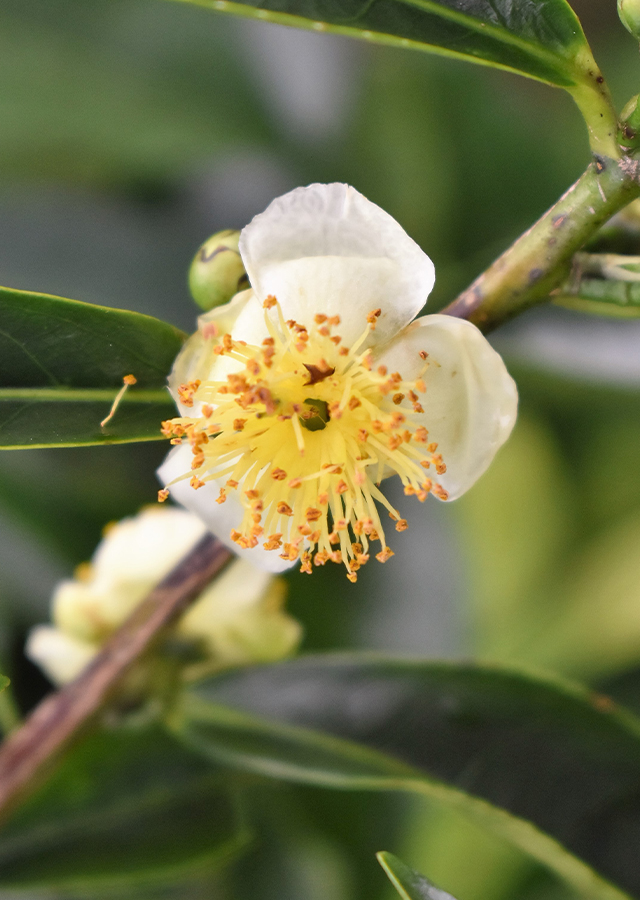Traditional Herbs from Camellia sinensis
headache_on_migraine
- Brew 8 g of leaf shoots with 1 cup of boiling water, let stand then strain, you can add a little lime juice and honey to taste then stir well and drink at once.
- Drink 3 times a day.
- Catt : Drinking 5 cups or more/day (\u00b1100 mg caffeine) can cause indigestion, weakness, restlessness, etc.
What is Camellia sinensis Looks like??



Parts of Camellia sinensis that could be used
- Leaves
- Roots
Camellia sinensis Distribution
Tea was discovered and originated from China, precisely in Yunnan Province, southwest China. It is a plant that is widely used in Chinese herbalism, also included in the 50 basic herbal plants. Dried leaves are brewed in warm water, enjoyed as a drink. The leaves produce essential oils that are used in perfumery and food flavoring. The dried leaves can also be used as food coloring. Green tea contains higher antioxidants than white tea and black tea.Agroecology of Camellia sinensis
Tea plantations in Indonesia are located at a fairly wide elevation range, 400-2,000 m above sea level. Its growth prefers fertile soil with a pH of 4.5-5.6, air temperature ranging from 13-15 °C, annual rainfall of not less than 2,000 mm/year, relative humidity during the day >70%.
Morphology of Camellia sinensis
- Tap root, few branches. Has shallow roots, sensitive to soil conditions.
- Stem upright, woody, branched, twig tips and young leaves are finely hairy.
- Single leaves, grow alternately on branches that grow from the leaf axils to the bottom of the canopy. They are lanceolate in shape, the leaf veins are pinnate and pointed at the ends.
- Flowers are located in the leaf axils, single or several flowers combined into one.
Cultivation of Camellia sinensis
- Generative propagation (seeds), choose quality seeds (shiny black, specific gravity greater than the specific gravity of water). Sow the seeds, which can be done directly in the ground or polybags. Seeds can be transferred to the garden after they are 2 years old in the nursery.
- Vegetative propagation (cuttings), cuttings are taken from branch cuttings that are 1 node long and have 1 leaf.
Camellia sinensis, more details :
Chemical Content of Camellia sinensis
Polyphenols (epigallocatechin gallate), caffeine, theobromine, gallic acid, catechin, ampelopsin, epicatechin, epiafzelechin-3-O-gallate, quemefin, tannins, saponins, flavonoids, amino acids.
Benefits of Camellia sinensis
Anticancer or anticarcinogenic, antiviral, antibacterial, anticataract, antioxidant, anti-inflammatory, diuretic, relieves migraines.
Simplisia of Camellia sinensis
- Pick fresh tea leaves, wash the leaves clean from dirt with running water.
- Slice the tea leaves into small pieces (3 mm wide).
- Dry the leaves (at room temperature), protected from light direct sunlight until dry.
- Store in a sterile, airtight container.
Another Facts for Camellia sinensis :
Synonym of Camellia sinensis
Camellia arborescens Hung T.Chang, F.L.Yu & P.S.WangCamellia bohea (L.) SweetCamellia chinensis (Sims) Kuntze
Habitus of Camellia sinensis
Bush. Annual shrub or small tree, reaching 15 m high and 0.6-1.5 m if cultivated
Habitat of Camellia sinensis
- Forest
- Mountains
No comments:
Post a Comment